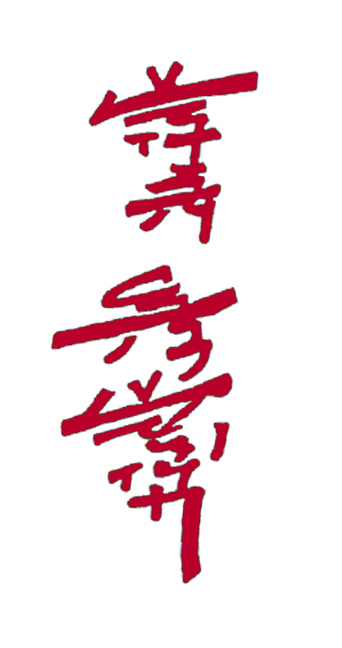Awareness
At its highest form, awareness is not merely a passive observation but an active and intimate engagement with the present moment. The most we can hope to achieve in cultivating awareness is to be fully present—as events are unfolding, not before or after, but precisely as they are. True awareness is not delayed by thought, nor clouded by anticipation or regret. It is grounded, clear, and rooted in the now.
In the context of martial arts, this principle becomes even more vital. The mind of a martial arts teacher, at its best, is not scattered across past achievements or future anxieties, but wholly immersed in the living experience of the training session. Presence is not just being there physically—it is being attuned to the energy of the room, the movements of each student, the rhythm of the class, and the subtle shifts in attitude, attention, and effort. It is listening with the eyes, seeing with the body, and feeling with the spirit.
From this presence, a quiet question naturally arises: How much can a still and fully aware mind actually teach—verbally—in such a training environment?
This inquiry leads us deeper into the nature of teaching and learning itself. A quiet mind, free from the noise of ego and distraction, does not rush to instruct or correct. Instead, it perceives clearly what is needed—sometimes this means offering verbal guidance, but often it means offering space. A truly present teacher may say very little, yet communicate volumes through posture, timing, silence, and example. In martial arts, where so much is transmitted through embodiment, rhythm, and repetition, words are often secondary to presence.
Awareness allows the teacher to discern:
- When to speak and when to remain silent.
- When a correction will be heard and when it will be resisted.
- When a student needs direction and when they need to discover on their own.
Thus, verbal instruction becomes a tool—used sparingly and skillfully—rather than a constant stream. A teacher with deep awareness knows that words are not always the path to understanding; sometimes the body must feel, the breath must align, and the spirit must awaken without being told what to do.
In this way, teaching is not merely the transfer of technique, but the cultivation of inner clarity—in both teacher and student. The quiet, aware mind is not just present in the room; it is the room, it becomes the lesson, and it invites others into that same state of presence where true martial understanding begins.
With love and care,
Master Thinh
